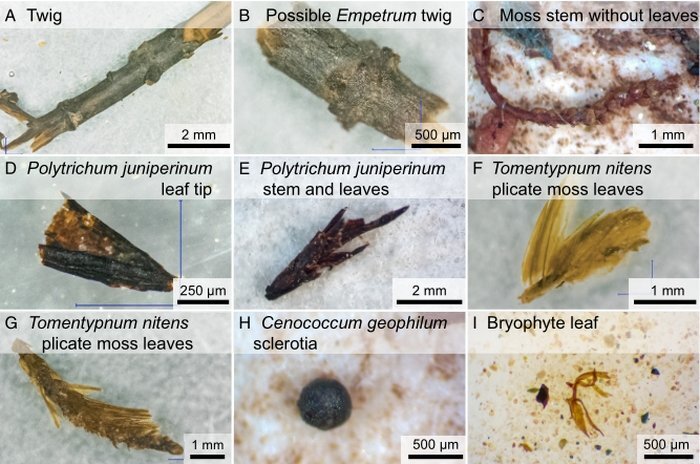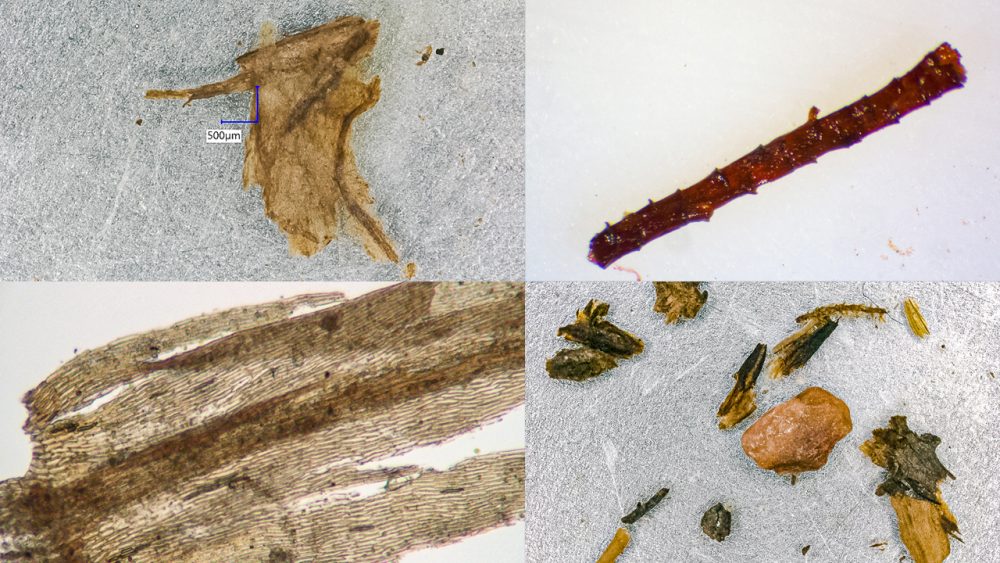Greenland was once entirely ice-free and covered with trees and vegetation. Scientists have found remnants of ancient trees in frozen soil samples from 1368 meters below the surface.
Scientists have long been interested in the secrets and mysteries hidden under the thick ice cover of Greenland.
Recently, a scientific team accidentally discovered remnants of ancient plants in long-forgotten frozen soil samples from deep below the surface. The study confirmed the theories that there were forests and dense vegetation in Greenland during the last million years.

During an American scientific mission in the 1960s, scientists extracted soil from beneath the ice cover of Greenland. The team drilled a nearly 1.5-kilometer-deep hole but the samples they pulled were never studied.
The whole operation took place in the American military base Camp Century which had a much more secretive purpose. The original plans included digging deep holes in the ice cover which would later be used for the storage of nuclear weapons. After all, this whole operation took place during the Cold War.
Fortunately, the ice proved to be unstable which made it an impossible storage location. As for the frozen soil that was extracted in the process, it ended up in a freezer in a scientific storage facility in Denmark where it remained forgotten for more than 50 years.
The discovery of the frozen soil was a big enough surprise but nobody was prepared for the secrets that the frozen ice core kept. Subsequent microscope research found something more than sand and stone – there were also remnants of ancient plants. Even more surprising, the leaves and branches appeared as if they died yesterday and not hundreds of thousands of years ago.

This breakthrough discovery completely changes the written geological history of Greenland. It was previously believed that Greenland’s ice cover was millions of years old but the latest findings suggest a much more recent formation of ice within the past million years.
Now, there are no doubts that at some point in “recent” history, Greenland was ice-free. At least, if not the entire island, at least the region where Camp Century base was located. There have been multiple warm interglacial periods in history but in order for vegetation to grow, this period had to be substantially long.
Greenland’s past is undoubtedly important for science and history but the future is far more worrying. For years, environmentalists have been warning the world that Greenland and the entire planet are rapidly heading into a new warm period that will make most of the ice melt. In fact, estimates suggest that this will happen in the next 50-100 years.
Unfortunately, we really can’t stop this natural process. It is true that our current way of life has a huge impact on global warming and we are only accelerating this process. But even if we move to more environmentally friendly practices, there is no way to stop this warming as it is an entirely natural process that has occurred on many occasions in history.
The inevitable problem is that the mass melting of ice will raise sea levels to a point where densely populated seaside areas around the world will be submerged underwater. If Greenland faces another complete meltdown, it will be enough to flood cities like New York. This is one of the most pressing problems of our future and discoveries like the plants from beneath Greenland’s ice cover can tell scientists a lot about how life on Earth will change in case all the ice melts again.